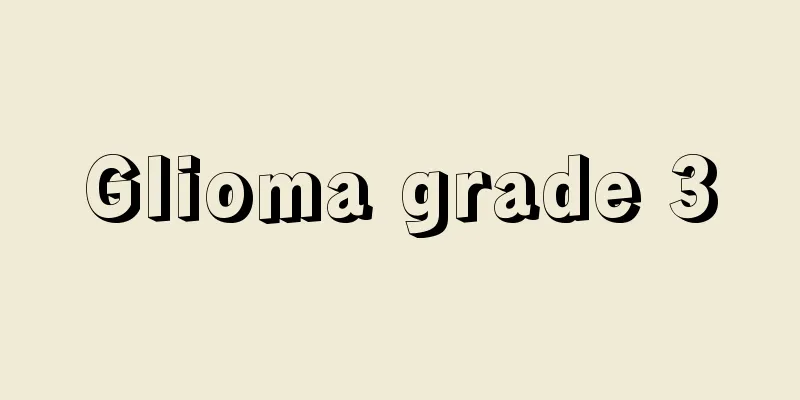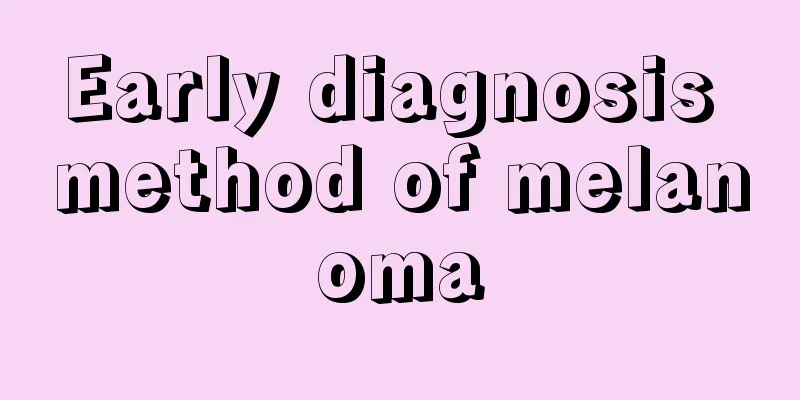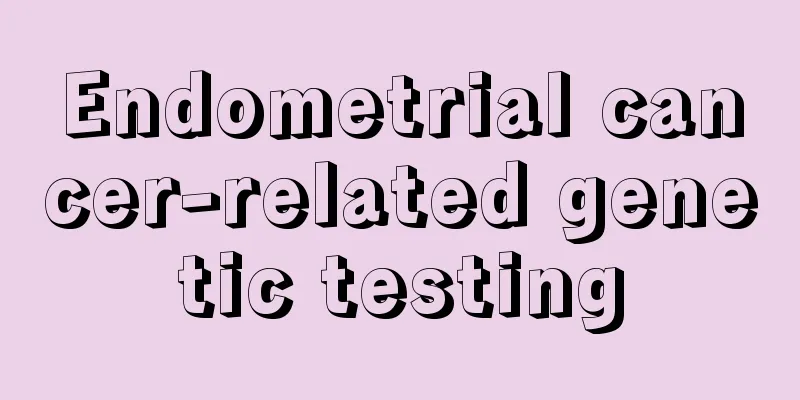Glioma grade 3

|
Tumor is a relatively common physical disease in the human body structure. The brain is an important part for any person as it controls their daily activities. Glioma is a common tumor problem that occurs in the brain, posing a great threat to people's health and life safety. Many people used to know that there are certain grades of tumors. So what is the specific condition of grade 963? Is it serious? 1. Will grade 3 glioma definitely recur after surgery? Grades 3 and 4 are both high-grade gliomas, which are also highly malignant brain tumors, and the outcome of the disease is not optimistic. For example, for grade 4 glioblastoma, even if surgery and postoperative radiotherapy and chemotherapy are performed, 70% of patients will relapse within 6 months. Moreover, most of the recurrence sites are new lesions. 2. Malignancy of different grades of glioma The World Health Organization classifies gliomas into four grades, ranging from low to high malignancy. Grade 1 is benign, grade 2 is low-grade malignancy, and grade 3 and 4 are highly malignant. 1. WHO grade 1 glioma (pilocytic astrocytoma): Surgery is curative. If there is residual tumor on postoperative imaging, a second surgery to remove the entire tumor may be performed. Radiotherapy and chemotherapy are extremely limited for this type of tumor. 2. WHO grade 2 glioma (low-grade glioma): Surgery is the main treatment for tumors in non-functional areas. For patients under 40 years old who have undergone gross total resection, no additional treatment is required. Patients with incompletely resected tumors under 40 years old and patients around 40 years old should receive radiotherapy regardless of whether the tumors were completely resected. 3. WHO grade III glioma (anaplastic astrocytoma): Surgery is required to achieve histopathological diagnosis and reduce tumor volume. The patient should undergo radiation therapy and chemotherapy. 4. WHO grade IV glioma (glioblastoma multiforme): Surgery is also required to achieve histopathological diagnosis and reduce tumor volume. Postoperative radiotherapy (dose around 60 Gy). Chemotherapy including carmustine, the combination of PCV (procarbazine, cyclohexyl lomustine, and vincristine), or temozolomide was used to control tumor growth. |
<<: How to clean teeth without a toothbrush
>>: Will drinking coffee make your teeth yellow?
Recommend
Is it okay to have hair tattoo on a bald head? Let’s talk about the causes of baldness first
Many bald patients will choose to use hair tattoo...
How to wash your hands after eating mulberries
If you have seen mulberries, you should have a de...
What causes prostate cancer?
The occurrence of prostate cancer is related to m...
What is the principle of belly scraping for weight loss?
Using scraping to help lose belly fat is also a v...
How many days does it usually take for the meconium to be cleared?
What we often call meconium is also called meconi...
What is the success rate of anal fistula surgery
Anal fistula is a very common disease. It not onl...
What are the side effects of spinal anesthesia?
Spinal diseases are difficult to treat because th...
The key is to provide good daily care for patients with advanced liver cancer
In recent years, the number of patients with adva...
Does holding urine really cause nephritis?
Many patients often hold their urine for some rea...
Frequent urination and urgency belong to which department
The phenomenon of frequent urination and urgency ...
What are the serious hazards of atrophic gastritis
Gastritis is a common disease in life, but there ...
How to stretch your legs? The correct way to stretch your legs
Nowadays, many elderly people attach great import...
What are the benefits of drinking Pueraria lobata flower soaked in water
It is convenient and simple to soak Pueraria flow...
How much does it usually cost to cure breast cancer
How much does it usually cost to cure breast canc...
Is the recurrence rate of liver cancer high?
The treatment of liver cancer takes a long time, ...









